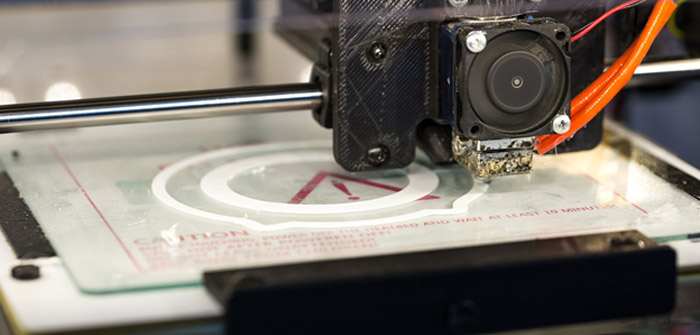Source: https://pixabay.com/photos/printer-3d-print-3d-printing-white-2416269/
The 3D printing industry has been experiencing a boost in popularity and usage. While it has only been present for a little over 20 years, it only started to take off in the last decade. Much of the technology and application is still new, but its variety of uses is quite impressive. Below are some of the applications for 3D printing technologies.
Education
3D printing allows students to produce prototypes devoid of the need for costly tooling. It also helps to improve their ingenuity and enhance learning and collaboration. For instance, to learn geography or biology, students could print out 3D topographical models or biological artifacts. 3D printing links ideas and images on a page or screen. Now, 3D printers can be found in classrooms and public libraries.
Medicine
With the advancements in materials for 3D printing and approach, the medical field will be completely revolutionized. Aging adults with weaker bodies see good potential in a technology that could create replacements for tissues and body parts. Doctors were a part of the first individuals to delve into 3D printing. Although several body parts have been 3D printed around the world, we’re not close to having total 3D printed replacement organs (lungs and livers).
Aerospace and Defense
Creating and test running airplanes is a complicated and costly business; an average Boeing Dreamliner houses over 2.3 million components. Even without the use of computer models to test a few aspects of a plane’s operation, accurate prototypes are still required for testing the wind-tunnel. 3D printing serves as an efficient and simple method of doing that. Reducing weight is a basic way 3D printing has facilitated aerospace industries to make a substantial saving. The minimized volume of components needed in a 3D printed production of parts results in lighter parts — this small adjustment can improve an aircraft’s speed, safety, and emissions.
Construction
In construction, 3D printed components have a variety of applications in the private, commercial, industrial, and public sectors. It allows more complexity and accuracy, rapid construction, reduced labor costs, more functional integration, and less waste. It is also used to create architectural scale models, allowing a quicker turnaround of the scale model, and improving the overall speed and effectiveness of the objects produced.
Prototyping and Manufacturing
Initially, 3D printing was created as a means of quicker prototyping. It is expensive and time-consuming to create a single mold using a traditional injection-molded prototype. However, with modern 3D printing technology, the time needed for basic manufacturing is significantly reduced and performed at a lower cost.
Food Industry
3D printing is beneficial in the food industry. It aids in calibrating processing machinery for the food industry. Plastic fruits and vegetables can be 3D printed numerous times to test your machinery without having to damage the actual fruits and vegetables. 3D printing can also be used to create items that are important for the running of machinery for food production
From health care to aerospace, architecture, and manufacturing, the world is interacting more with the 3D printing industry. 3D increases productivity and minimizes production costs.





